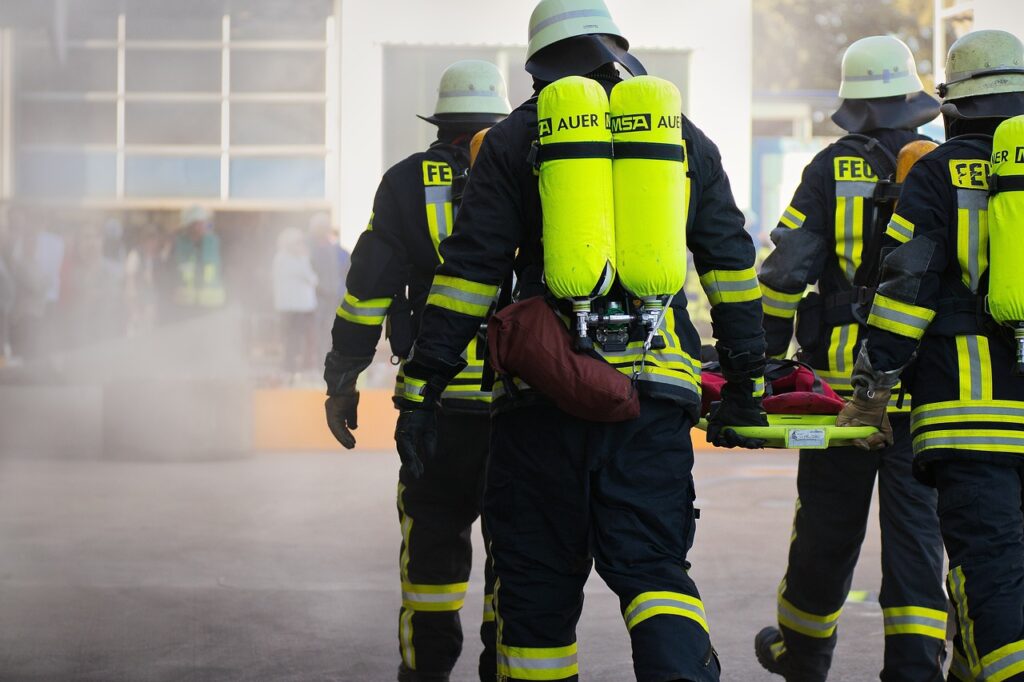Developing a fire safety program is an important part of any business. It can help reduce the risk of a fire as well as protect employees and customers. A proper plan will also help you meet fire prevention standards set by law.
Fire protection and prevention are an ongoing process that includes developing a plan and protocol. This will reduce the risk of a workplace fire while making the dangers more obvious. A good fire prevention system will keep your building safe from fires and cut down on the cost of fixing damage after a fire.
For instance, a water spray system is a fire prevention technique that emits a concentrated substance to suppress a flame. The most effective method of extinguishing a class A fire is by using water. In addition, a fire suppression system can help confine smoke to a particular area, allowing firefighters to concentrate on a specific location and reducing the risk of spreading a fire.
However, a fire protection and prevention plan must be in place before work begins. The costs of creating a fire safety and prevention program are not prohibitive, and if a fire does break out, the alternative losses are likely to outweigh the small costs by a significant margin.
One of the most important parts of a fire protection and prevention plan is training. Employees must be able to properly use and maintain fire extinguishers, and they must know the current regulations and training requirements. A well-thought-out evacuation plan and an emergency response team are also important parts of fire safety.
There are many ingredients in a workplace that could cause a fire, and these ingredients should be identified and handled accordingly. Keeping a clean workplace is also an important part of a fire safety plan. Cleaning up spills of oil or chemicals immediately reduces the chance of a workplace fire.
Another component of a fire protection and prevention plan is the use of intumescent paint. These coatings can be applied to steel beams to delay their deterioration and reduce the risk of a fire. When the coating is exposed to temperatures above 500 degrees Fahrenheit, it swells to form a carbonaceous layer, which minimizes the amount of heat that a steel beam will be exposed to and lessens the likelihood of a fire.
Another aspect of a fire prevention and protection plan is the installation of an alarm. If a fire does break out, an alarm will help notify employees and other people on the site. Having an alarm is also a way to alert the fire department.
The International Fire Code (IFC) is a set of rules that address fire prevention and protection. It also sets forth minimum requirements for hazardous materials and processes. The IFC provides a general approach to controlling hazards in all buildings.
Another important aspect of a fire protection and prevention plan is ensuring that all combustible material is stored in a manner that does not impede access to the building or a means of evacuation. Combustible material should be stacked at least 20 feet away from any other material. Additionally, a barrier with a fire resistance of at least one hour should separate incompatible materials.

